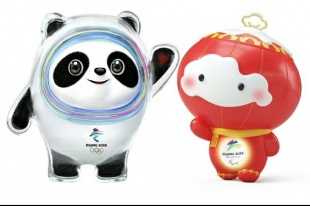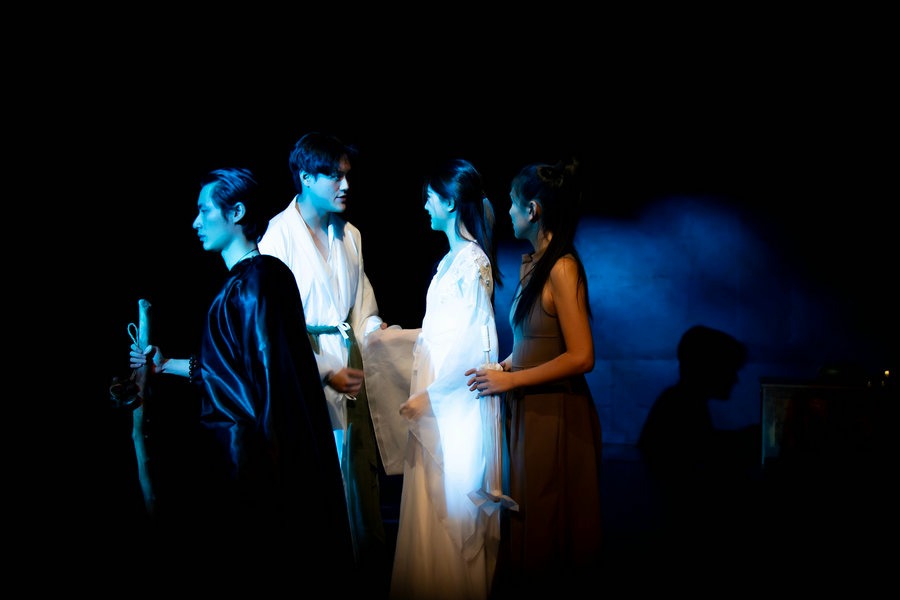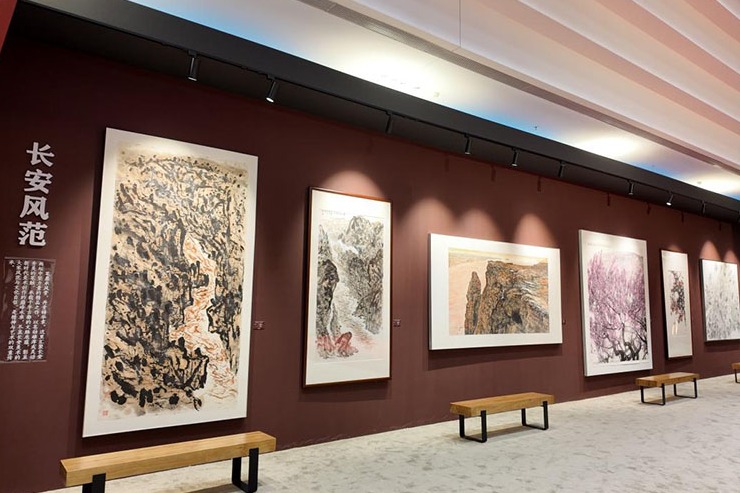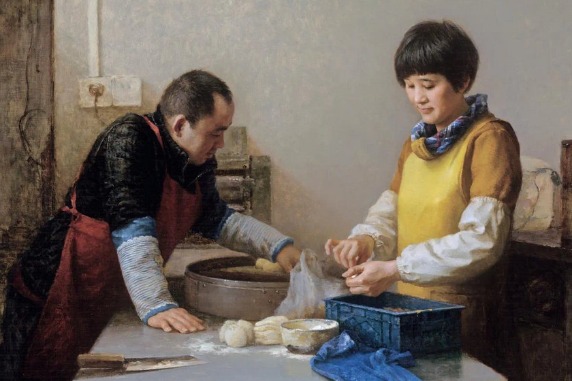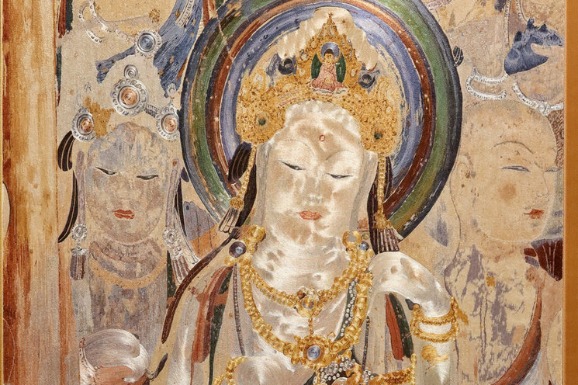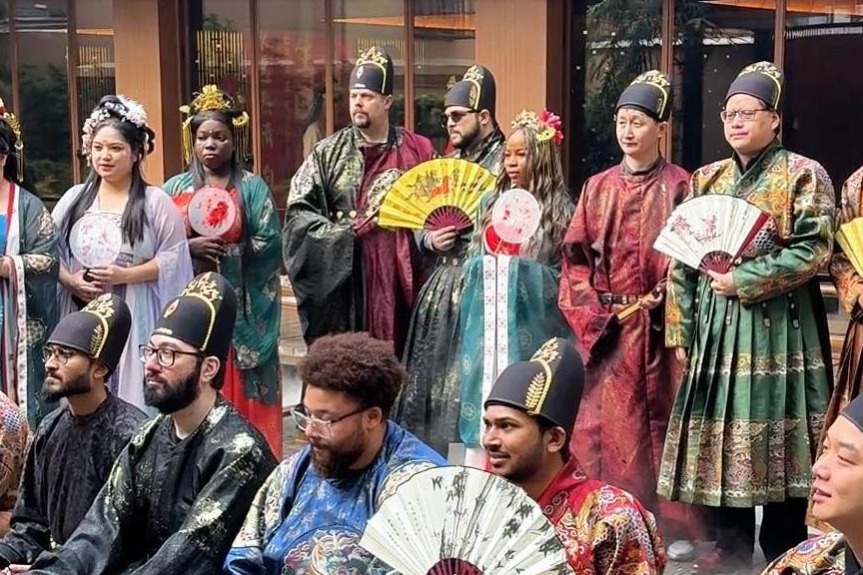When Chinese elements meet Winter Games

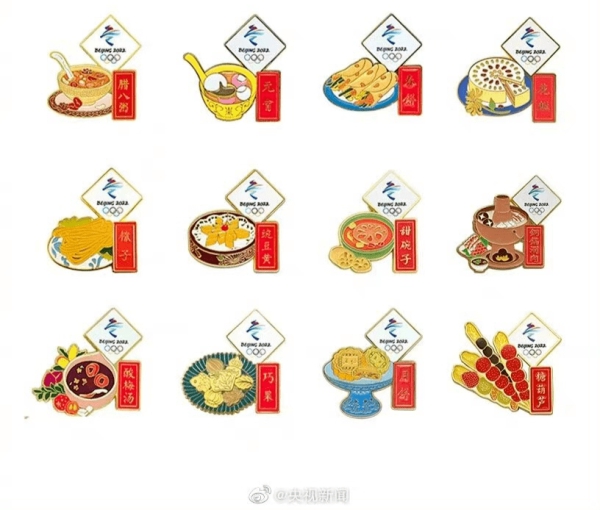
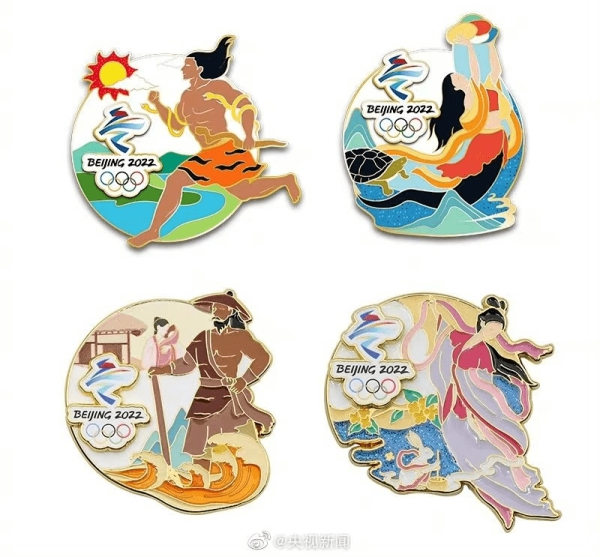
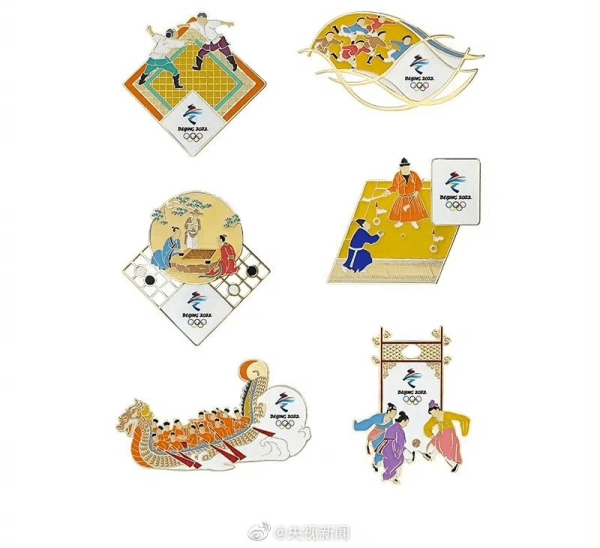
In the early 20th century, athletes and sports officials first swapped their lapel pins as a sign of friendship. After the United States beat China 7-5 in a mixed doubles curling match on Feb 5, Fan Suyuan and Ling Zhi presented their American rivals, Christopher Plys and Vicky Persinger, with a set of commemorative pin badges featuring Bing Dwen Dwen, as a symbol of friendship between Chinese and American curlers. The pins have also the functions of commemorating the Games and popularizing the traditional sports culture.
China’s Winter Olympics pins combine traditional Chinese culture and modern aesthetics. The designs have incorporated Chinese myths, 12 Chinese zodiac signs, Chinese cuisine, and four treasures of the study (the ink brush, inkstick, paper and inkstone). The various patterns also include the ancient Chinese games such as cuju (an ancient Chinese style of soccer ball), dragon boat race, and bingxi ("play on ice", a form of performance for the court), which are based on ancient paintings of the Ming and Qing dynasties.


